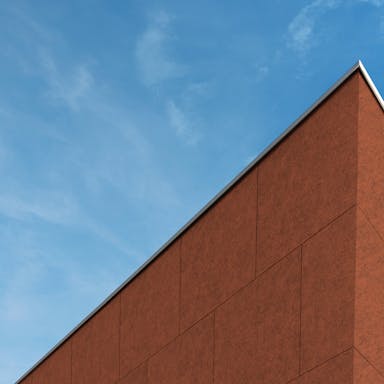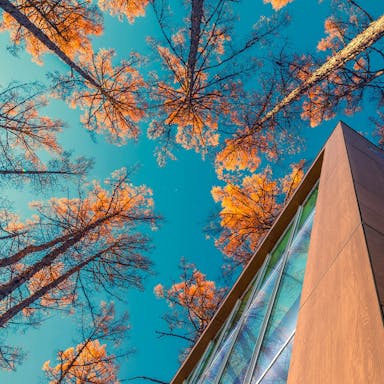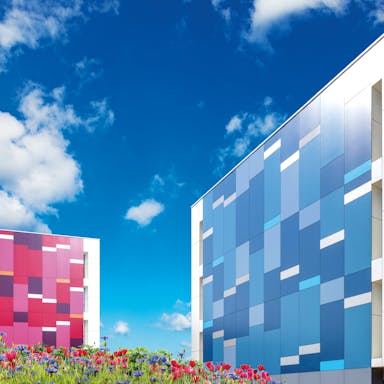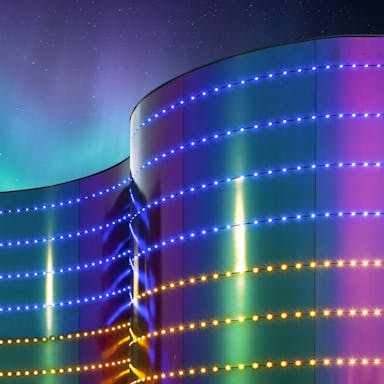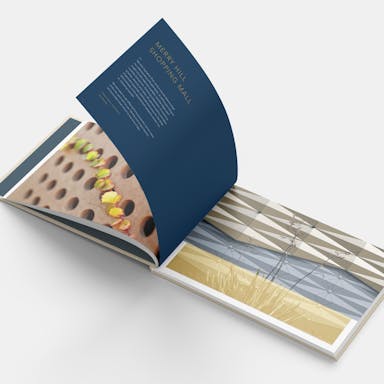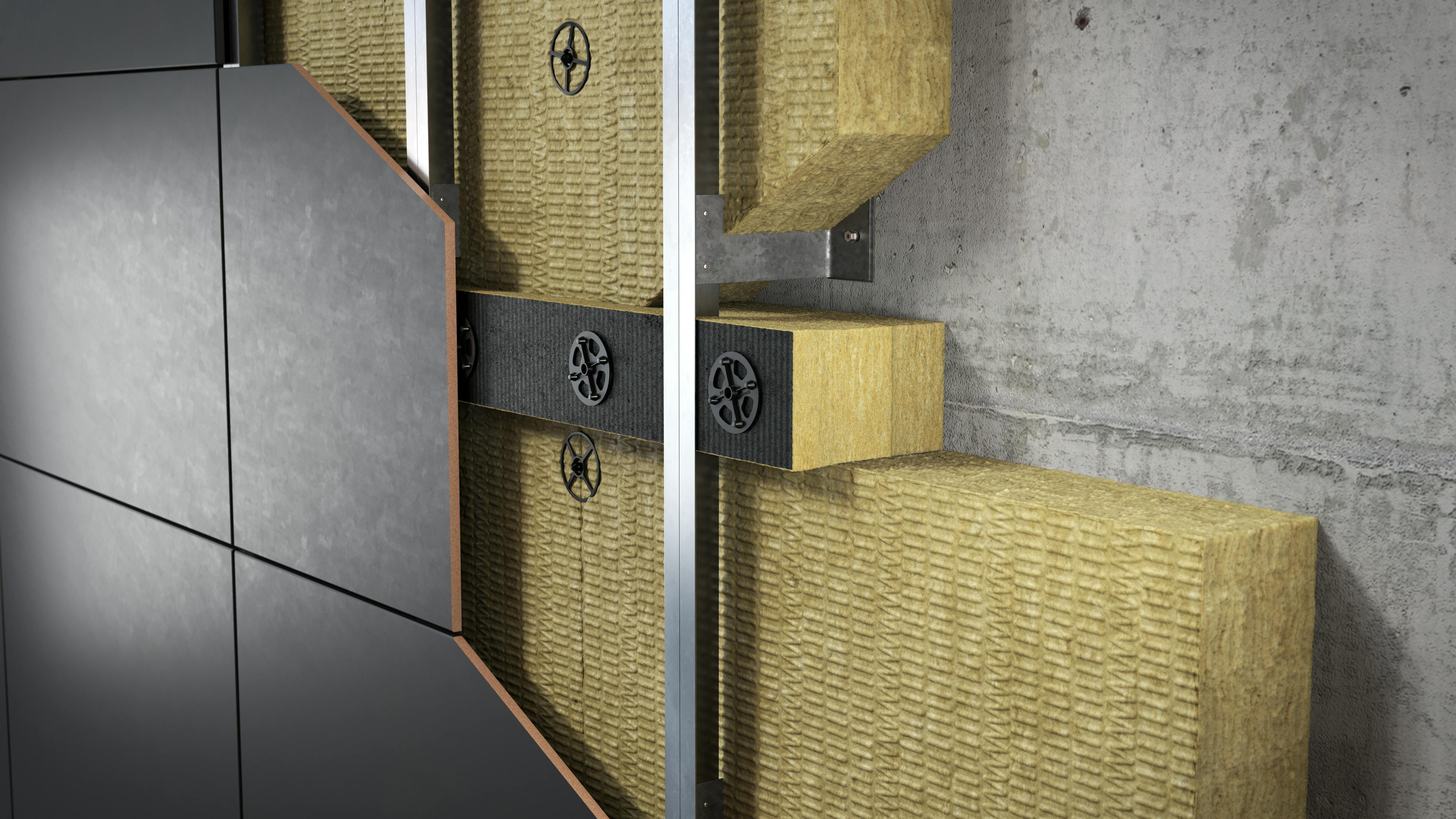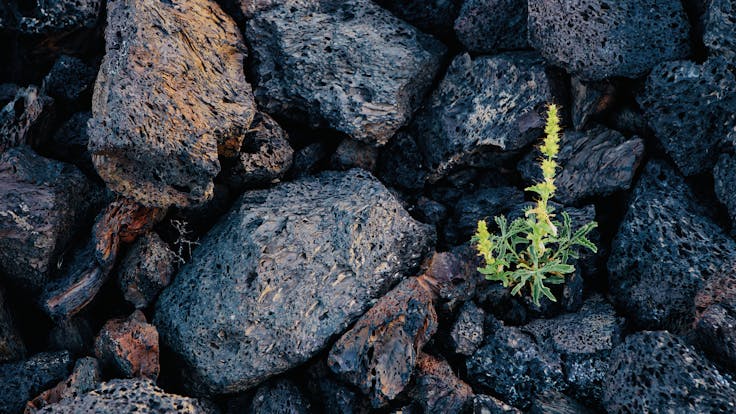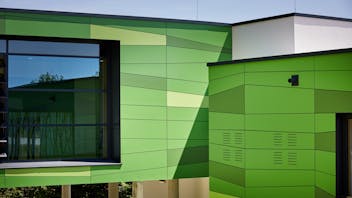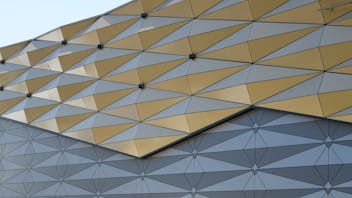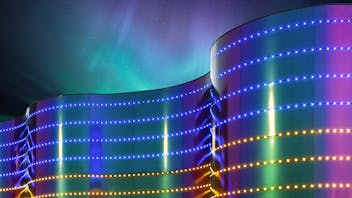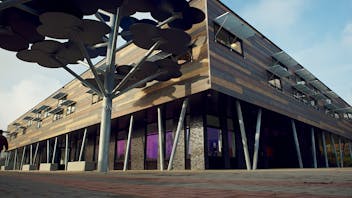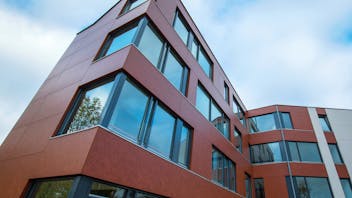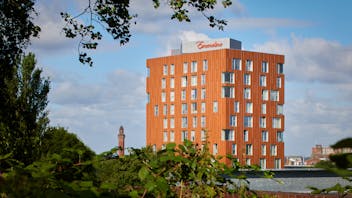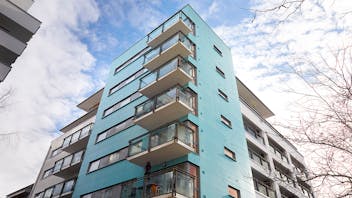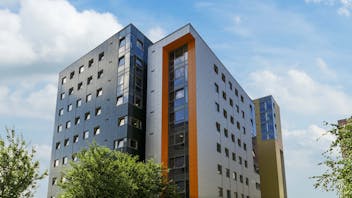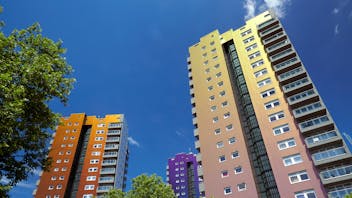The urgency to reclad existing buildings in the UK primarily stems from safety concerns.
Recent incidents have highlighted the dangers of using combustible materials in cladding systems. In response, there has been a nationwide effort to identify and replace unsafe cladding to prevent potential tragedies. New regulations and stricter building safety standards have been introduced to enhance fire safety and protect residents. Buildings that do not comply with these standards need urgent recladding to meet legal requirements.
Improve safety and compliance. Recladding enhances fire safety, ensures regulatory compliance, and provides peace of mind for residents. Stricter building regulations and fire safety standards set out rigorous requirements for the use of non-combustible materials for high-rise and high-risk buildings, reducing the risk of fire spread.
Aesthetic appeal. Recladding can transform the appearance of an older building, giving it a fresh, contemporary look. This modernization can make the building more appealing to potential buyers, tenants, and visitors and significantly boost a building's curb appeal, making it more inviting and impressive at first glance.
Durability and longevity. By investing in durable cladding materials, building owners can ensure the long-term protection and appeal of their properties. Modern cladding materials are designed to provide additional structural support to buildings and are engineered to withstand harsh weather conditions. This resistance helps protect the building from damage and deterioration over time.
Sustainability. Recladding offers a carbon footprint conscious and efficient way of enhancing an existing building. Choosing a sustainable cladding material for a reclad project involves balancing environmental considerations with practical needs and aesthetic preferences.
